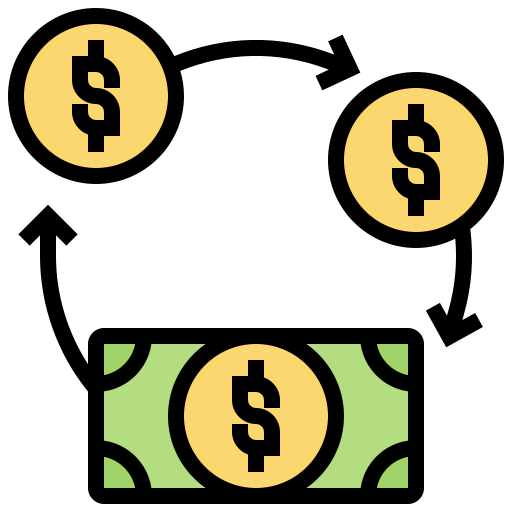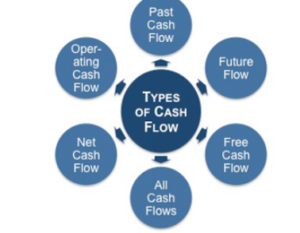Cash Flow Loans: A Primer
Cash Flow Loans: A Primer
James Pruitt, Senior Staff Writer
Cash flow loans are distinct from traditional business loans. Small business loans usually need collateral. A secured loan generally requires the abandonment of property to the creditor in case of default. These are known as “asset-based loans.” These loans place a lien on the property, which the creditor may collect upon default. Cash flow loans are another story. With a cash flow loan, the borrower uses future earnings as collateral. These loans may suit a business with steady earnings but not many valuable assets. For example, an online business may lack the equipment or real property necessary to secure a traditional loan.
To qualify for a cash flow loan, a borrower should keep regular cash flow statements. Careful record-keeping is essential to secure approval. In these cases, lenders check histories of accounts payable and accounts receivable before approving the distribution of the funds.
Cash flow loans generally have a quick and simple application process. However, the process can also be more expensive. Lenders must analyze the incoming and outgoing funds to ensure the business is a worthwhile risk.
These loans are generally term loans, and these days usually come from online lenders. Term loans provide money for a specific amount for a specific period and have set terms for their interest rate. Borrowers must follow these terms precisely. Usually, cash flow involves an online application and a quick decision, often within a day.
Small Business Association, or SBA, loans generally are not cash flow loans. SBA loans do require collateral and take a much longer time to issue financing.
Remember that not everyone benefits from cash-flow financing. These loans are expensive, often with very high APRs. In addition, lenders require frequent payments. Finally, borrowers usually must guarantee the loans, and lenders can go for their assets in case of default.
Some examples of well-known cash-flow lenders include Lending Tree, Kabbage, Biz2Credit, and Lendio. Other lenders may advertise regularly on the Internet, but Veteran Business Owners should carefully research these companies before taking the plunge. Remember that the market for online lenders allows a lot of room for exploitation, and the responsibility for vetting these lenders falls mainly with the borrowers themselves.
However, many borrowers find the speed and efficiency of the application process worthwhile. For the most part, this kind of loan serves business owners experiencing an unexpected bump in the road. The default rate may be higher, and the lenders often compensate with harsher terms. Hence, Veteran Business Owners should take care not to fall victim to predatory lending practices.
In short, cash flow loans have their pros and cons. Veteran Business Owners should use these loans sparingly, and carefully research the lender. However, during an emergency, such loans may grease the wheels and help the business regroup. In the end, such loans can save the business, but at the same time, the borrower should not become dependent on them. Dependence can lead to a cycle of debt that a business owner may find themselves struggling to free themselves from.















